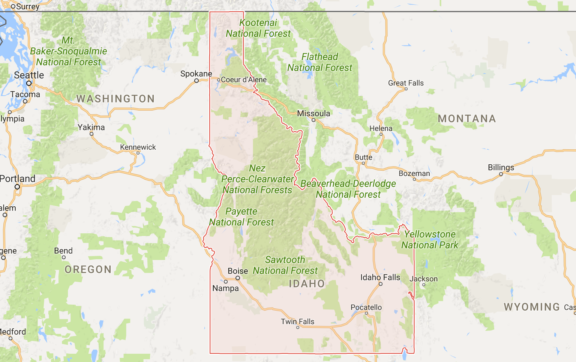It’s like clockwork. Whenever the Tribune runs a sensible article about cycling, they always feel the need to level the playing field with a wrongheaded editorial or nonsensical anti-bike screed.
On Monday the paper ran transportation reporter Mary Wisniewski’s thoughtful piece on a new DePaul study that calls for legalizing the “Idaho stop” – the widespread and harmless practice of cyclists treating stoplights like stop signs and stop signs like yield signs, which is already legal in the Gem State. The report found that the vast majority of Chicago cyclists don’t follow the letter the law, but noted that it may actually be safer to bike this way.
So, of course, the Trib editorial board felt the need to respond with an ill-informed piece arguing against legalization:
The Idaho stop allows bikers to exercise too much discretion. They would decide whether to stop or yield at stop signs "based on traffic conditions in order to maintain their momentum," the Chaddick study says. And if the cyclist decides wrong? If a motorist didn't get the memo that bikers can ignore stop signs at will? Who is legally liable for a collision that occurs because a cyclist thought it was safe to blow through a stop?
Simple. The liability would work the same way that it would if the cyclist (or a driver) had a yield sign instead of a stop sign, and the law on yield signs is clear. It would be the cyclist’s responsibility to yield to any cross traffic before proceeding. If they failed to do this, they would be at fault for the resulting crash.
Next, the Tribune notes “Six have been killed so far this year, and that's six too many for a city that touts itself as bicycle-friendly.” That implies that Idaho stops may have been to blame for some of these deaths, when that isn't true. None of the cases involved a cyclist treating a stoplight like a stop sign, or a stop sign like a yield.
Moreover, three of those victims were run over by flatbed truck drivers who failed to yield to the cyclist, as required by law, before making a right turn. The DePaul report notes that performing an Idaho stop at signal can actually help prevent this type of crash, because the rider is out of the way before the driver gets a green.
If the Tribune is actually interested in saving lives, instead of railing against Idaho stops, they should advocate for truck side guards, which prevent cyclists and bicyclists from going underneath the vehicle in the event of a crash. It’s possible that side guards would have prevented those three deaths.
The Tribune goes on to argue that legalizing the Idaho stop would make our streets more chaotic:
As if things weren't confusing — and dangerous — enough for bicyclists.
As if too many cyclists aren't already making up their own rules.
As if motorists confronted with bicycle lanes of different configurations throughout the city and suburbs aren't flummoxed enough by the perils coming from all sides.
As if pedestrians aren't already menaced by kamikaze bicyclists
I’m not even going to bother addressing the paper’s flat-earth argument that bike lanes cause confusion, rather than organizing and calming traffic, and protecting cyclists.
But the Tribune is conflating Idaho stops – relatively cautious and predictable behavior by bicyclists that requires checking for cross traffic before crossing an intersection, with mindless “kamikaze”-style blowing of signs and signals. While that’s dangerous and irresponsible behavior, it’s also fairly rare among cyclists, because most people have a strong self-preservation instinct. Meanwhile, similar behavior is fairly common among people driving high-speed, multi-ton vehicles, and it’s exponentially more dangerous.
“The Idaho stop would inject more unpredictability into Chicago traffic,” the Trib warns. The opposite is true. By making a legal distinction between the kind of rational, safe behavior that most cyclists practice, and truly reckless riding, it would encourage the former and discourage the latter.






